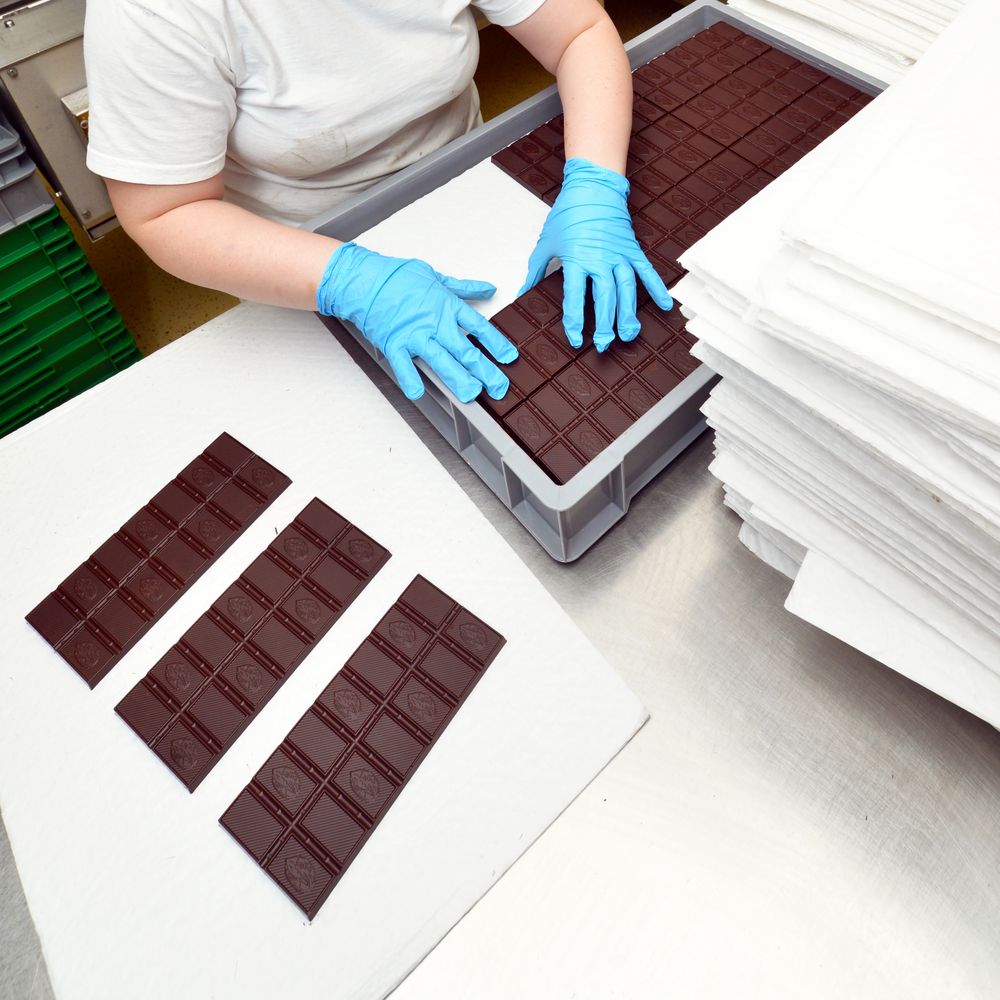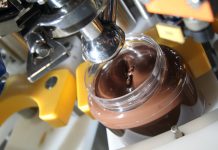Fermentation of the beans is essential for removing the pulp that envelops the beans, and developing precursors of chocolate flavour. This process is carried out by several micro-organisms, but the role of yeasts is essential for the development of chocolate characteristics. The use of starter culture for better control of the fermentation of cocoa beans has been proposed by several researchers; however the studies available on this theme present some limitations. A group of Brasilian researchers (Batista et al., 2015), in a recent study, performed tests on cocoa beans during spontaneous and inoculated fermentations; they inoculated three yeast species (Saccharomyces cerevisiae, Hanseniaspora uvarum e Pichia kluyveri), and evaluated their effects on the sensory quality of chocolate. The population dynamics of microbes have been evaluated using the so called quantitative real-time PCR (qPCR). The results showed that the concentration of S. cerevisiae was predominant in both fermentations (spontaneous fermentations approx. 5.5 log cell/g and inoculated fermentations approx. 7.2 log cell/g). On the contrary, it was observed that the population of H. uvarum was inhibited by the presence of the other yeasts, since its concentration did not exceed 4.0 log cell/g, irrespective of the type of fermentation. Carbohydrates were consumed faster in the inoculated fermentation (68% at 24 h) than in the spontaneous fermentation (42% at 24 h). As expected, the ethanol concentration in the pulp was lower in those two samples (4.6 g/kg at 96 h) compared to those inoculated with three yeasts (8.3 g/kg at 96 h). For the sensory acceptance, no significant differences were detected between the two samples of chocolate. As for the taste, the chocolates produced with inoculated samples were more related to coffee and sour attributes than those those produced by spontaneous fermentation. In conclusion, the authors suggest that additional studies are necessary to investigate the influence of inoculation on volatile compounds produced by fermentation and, hence, in chocolate.
References
N.N. Batista et al., LWT – Food Science and Technology, 63, 2015, 221-227




